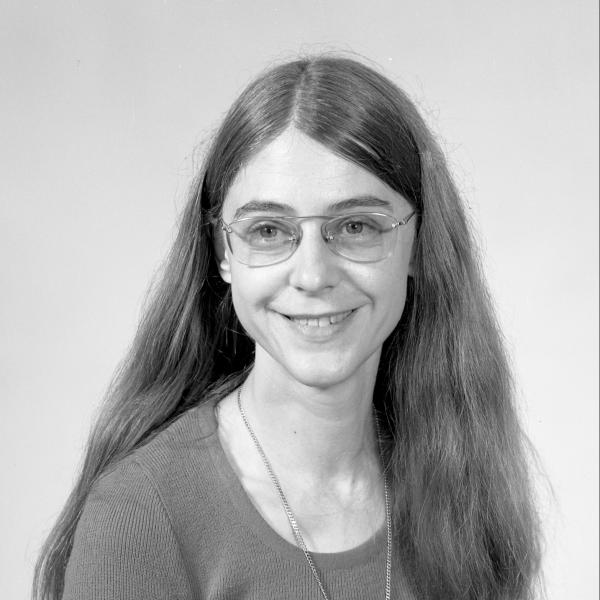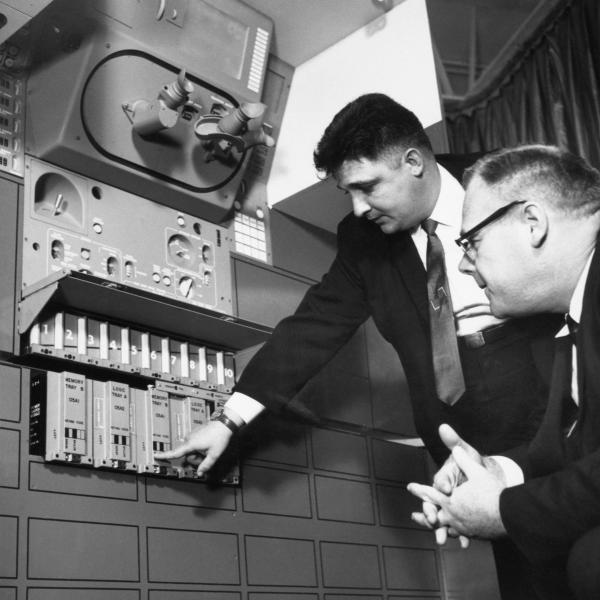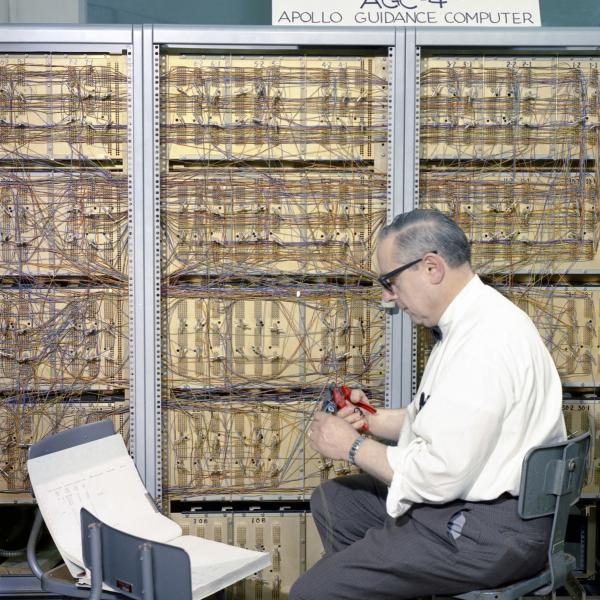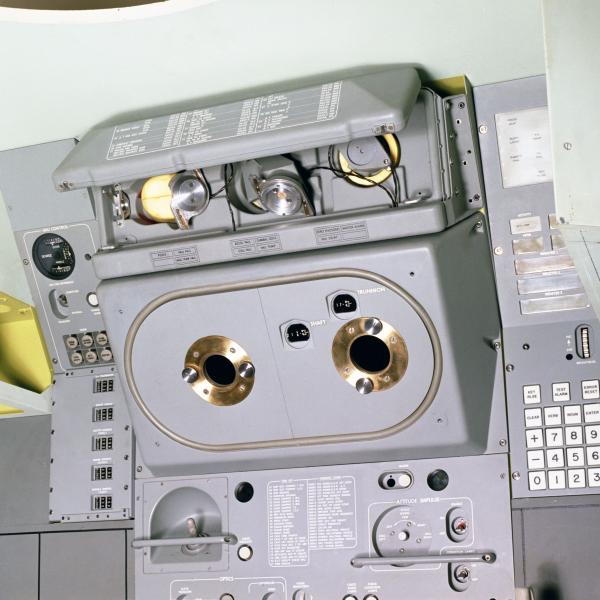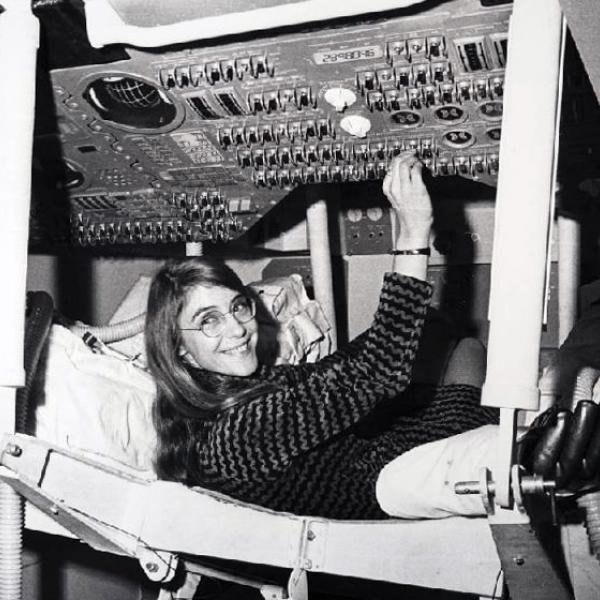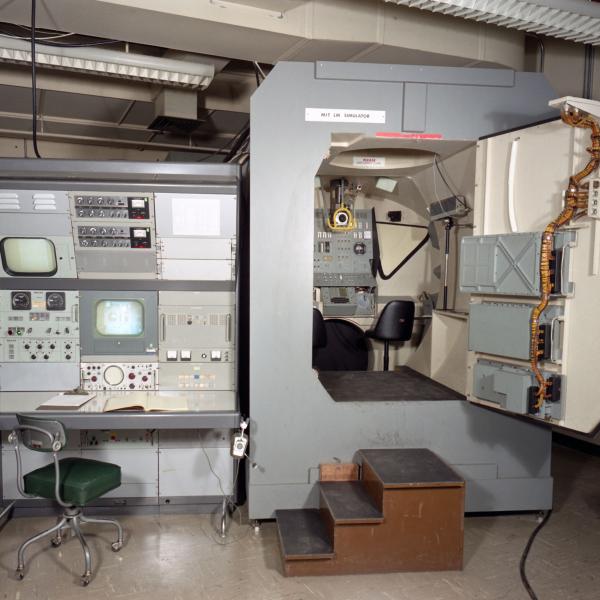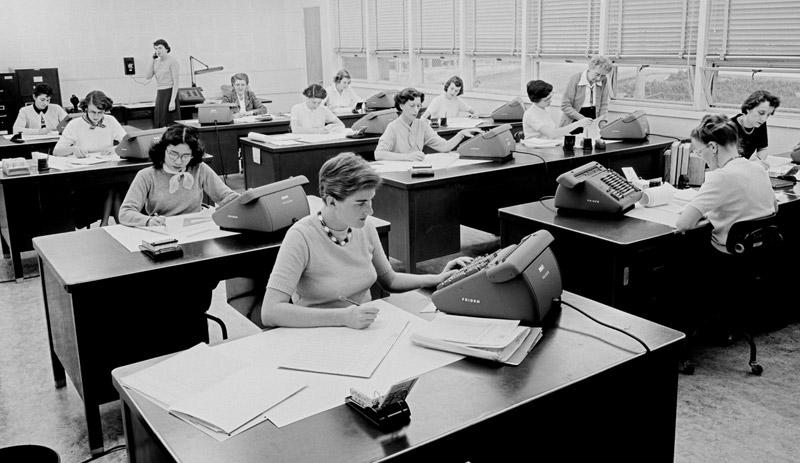
Human Computers Made the Moon Missions Possible
Did you know that super humans computed our way to the moon?
When you need to tip at a restaurant, do you use your smartphone’s calculator? Today many people trust the technology at their fingertips more than their own intelligence. But the first rocket launches and space exploration missions didn't have that luxury. They were powered by the intelligence, skill and effort of a group of women at NASA known as the ‘human computers’. Before chips, circuits, and computer science took over the world of numbers and computations, NASA and MIT employed a team of female super brains to manage all of their most complex calculations.
These women had degrees in math and science and were responsible for calculating things like spacecraft trajectories, rocket lift capacity and orbital dynamics - all by hand, using a slide rule and writing down their records on paper logs and graphs. They performed these calculations in real time and faster than any technology available over the decades between the 1930s and 1970s.
When the first electronic computer technology was introduced, these same women became some of the first computer programmers. The book and movie “Hidden Figures” highlights some of stories behind the African American women who worked at NASA Langley during WWII and the early space program. They helped advance much of the space technology the Apollo program would come to rely on. These women were some of the first pioneers to break into a male dominated industry and prove how valuable and indispensable their talents were.
The Apollo missions helped advance the first real use of digital computers and microchips. Ultimately machines surpassed human capability with reliability and speed. However, the Apollo Guidance Computer, invented for the Apollo missions still relied heavily on the involvement of various people to correctly determine how to navigate the spacecraft and land it on the moon.
Peter Vernam, from MIT’s Instrumentation Lab (later Draper Lab) who helped invent this technology remembers that “the method of translating or transmitting that data was via telephone. Somebody down there would read [...] quite a few numbers [...] and the exact time that the navigator pressed the button to the hundredth of a second over the telephone to myself and my boss would write these numbers down on paper to different pads of paper. We would then compare the numbers and if we found any discrepancies we would call back and say you know what's the third number on the 30th line. Then once we had the numbers right I would have to key punch them into the cards and then I'd print those cards out and compare them to the original paper before we'd submitted in to create the jobs that would actually generate the pictures of what it was that the navigator saw.”
The human element throughout the Apollo Missions and at NASA was never taken for granted. Computer engineering and technology was new, unreliable and often cumbersome. It was the engineers and computer scientists themselves who not only invented the technology to land the first man on the moon, but also checked every calculation by their own man (and Woman!)-power to make sure it was right. There is no doubt that the work of these women in early computing technology paved the way for the growing numbers of women in STEM fields today.
